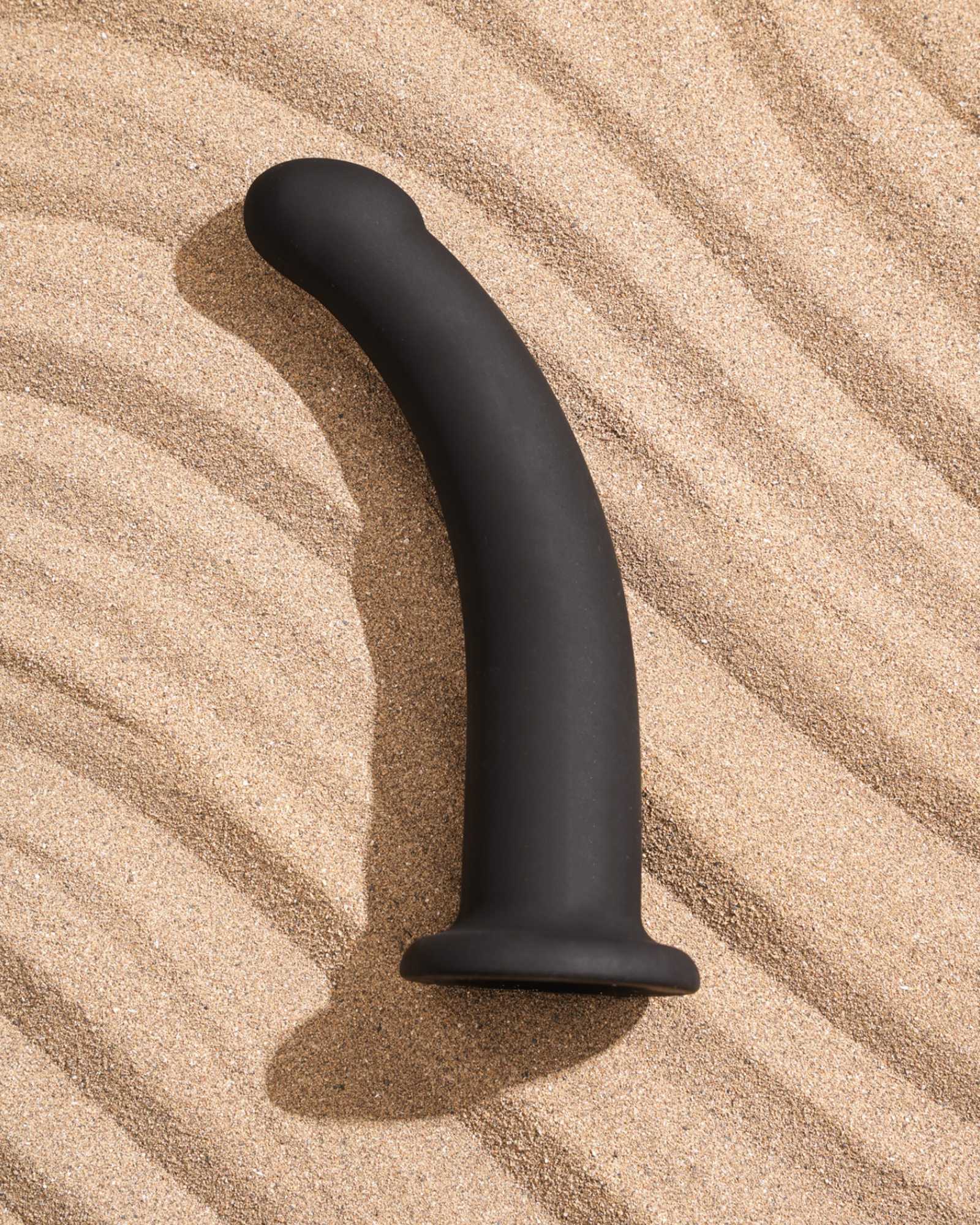Who hasn’t tried it?
Or been with someone who wanted to?
Or felt their heart race as their partner held their neck and made direct eye contact with them?
Among the many kinks we hear about on a regular basis, choking might easily be the more regularly occurring, easy-to-access act that even the most vanilla of us are likely to encounter or attempt. It’s so easy to feel your focus shift to your partner’s neck, to hold it, kiss it, grab it, and more.
You may not intend to choke your partner, but you could. That’s why you need to know more about it.

There’s two forms of choking we all need to know about– the airway choke, and the blood choke.
The airway choke involves pressure on the trachea or the windpipe.
A few seconds of pressure on your partner’s windpipe and you could cut off air supply to their brain and cause fainting or worse damage to their respiratory, cardiac and nervous systems.
The line that separates sensual play from a full-blown crime is extremely thin here.
If you do find yourself curious about this style of play and have a consenting, enthusiastic partner who craves breath play too, please make sure to undergo the appropriate training and find the right resources to explore this with full accountability and awareness.

The blood choke focuses on pressure that is applied only on the carotid artery. It runs down your throat and goes to your chest, and an easy way to find it is by placing a thumb under your jawline, below your ears.
A few seconds of light, controlled pressure from only your fingertips and not the full hand can serve the purpose of asserting control over your consenting partner while also giving them the lightheaded feeling they may be searching for in a healthy, controlled, informed session of breath play.
Take the blood choke too far, and you could end up with an unconscious partner.
But the risks of breath play are not merely about the short-term responses your partner may have to momentary pressure on their air supply or blood circulation.
With long-term play, the damage is cumulative and unavoidable. Regularly interrupted blood flow or air supply to the brain can also result in brain damage, depression and anxiety, ringing in the ears, frequent headaches and even issues with mental processing or memory recall.

One of the major hazards of playing with choking in bed is that it is rarely ever an act that is treated as a distinct kink that requires its own practice, knowledge-building, or safewords and continuous consent-seeking behaviours associated with most kinky acts.
More often than not, a seemingly quick choking in bed occurs during a heavy, passionate and frenzied state– one where we cannot always be trusted to have full clarity of thought or be in full control of our strength and demeanor.
So how do you choke with minimal damage? Start by asking yourself what you’re looking for from the act first.
If it is a desire to grab, get handsy, be rough and mildly intimidate without actually venturing into breath play, a safe way to position your hand is by making sure the pressure and weight of your grip or movement is felt on your partner’s collarbones.
Place your hand at the base of their neck and keep your hand wide open. This way, even as you hold their neck and put light pressure using your thumb and index finger, there is no pressure on the windpipe or major arteries.

If it is a desire to lightly dominate, degrade or control your partner, maybe they can wear a collar for you and you can control them carefully and calmly by using your index finger to tug on the O-ring of the collar and move it about gently. Make sure your movements are slow and controlled, or you could injure their neck, cause whiplash and mess with their breathing despite having entirely different intentions.
If it is a desire to explore erotic asphyxiation together, have you tried sitting on your partner’s face instead? Turning oral sex into a longer, more elaborate session where your partner can tap out with more ease and not run the risk of brain damage may actually be a great way to start your journey into breath play.
Set up safety signals and gestures, like 3 taps on the knee or thigh to stop the act, and always make sure to be in a position where you can be cognisant and alert for the safety signal. Don’t keep your jeans on if you know the material is too thick for you to feel your partner’s taps.

Warning signs:
- Your partner is unable to speak or say the safe word.
- Your partner’s eyes start to bulge or seem redder or the veins around their temples start to seem more prominent.
- They are not making eye contact anymore.
- Their hands are not responsive, or able to clutch anything, and seem to be going limp.
If you are going to explore choking in bed, your safeword absolutely cannot be strictly verbal.
Give your partner a safety gesture to perform so you know when to tap out.

Give them a prop or a toy or a bunch of keys to hold in their hand as proof of them being awake and conscious. If their hand goes limp and the keys fall, that’s your cue.
Not everything that gives you a head rush is worth the risks you take to get there.


















Leave a comment
This site is protected by hCaptcha and the hCaptcha Privacy Policy and Terms of Service apply.